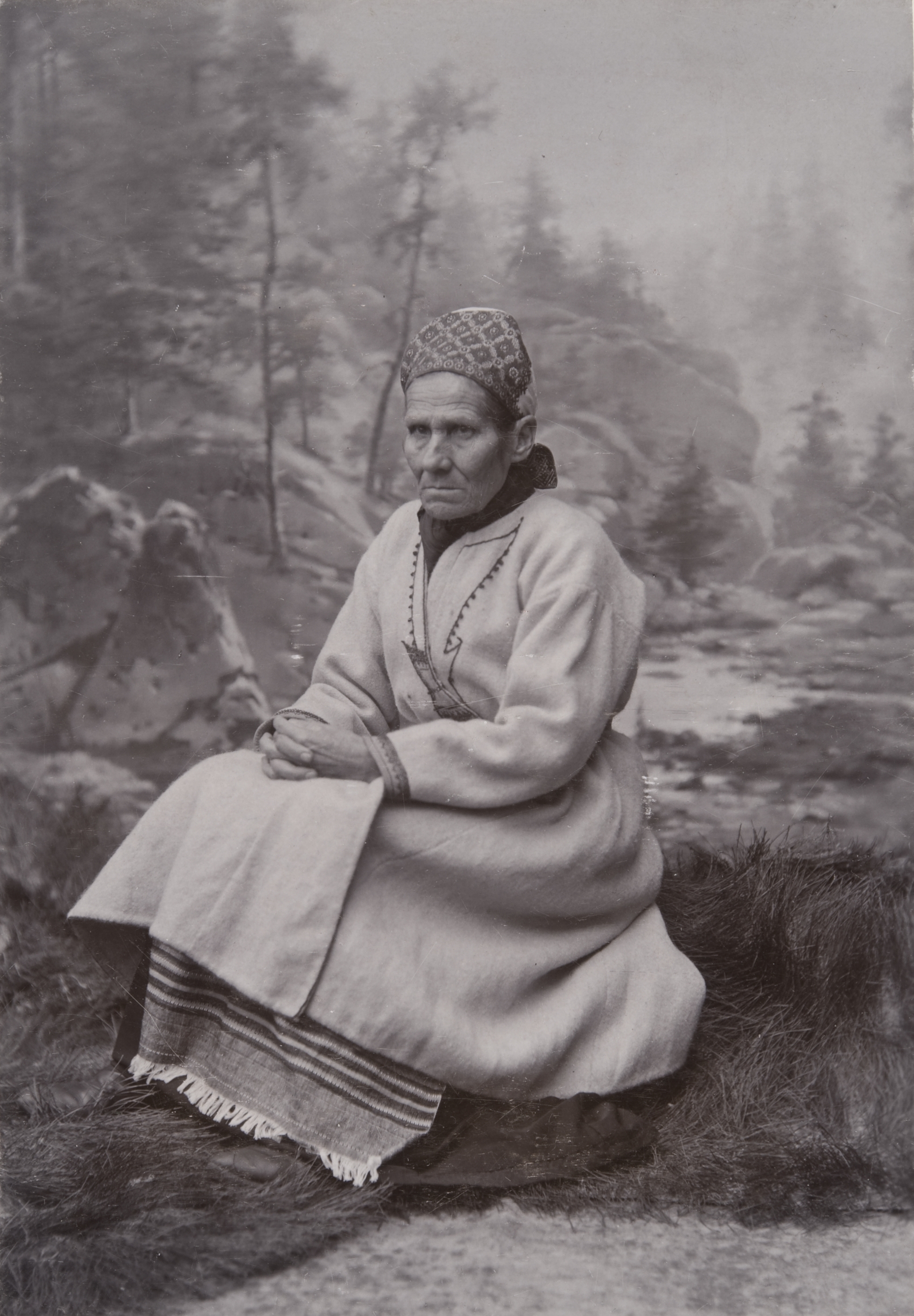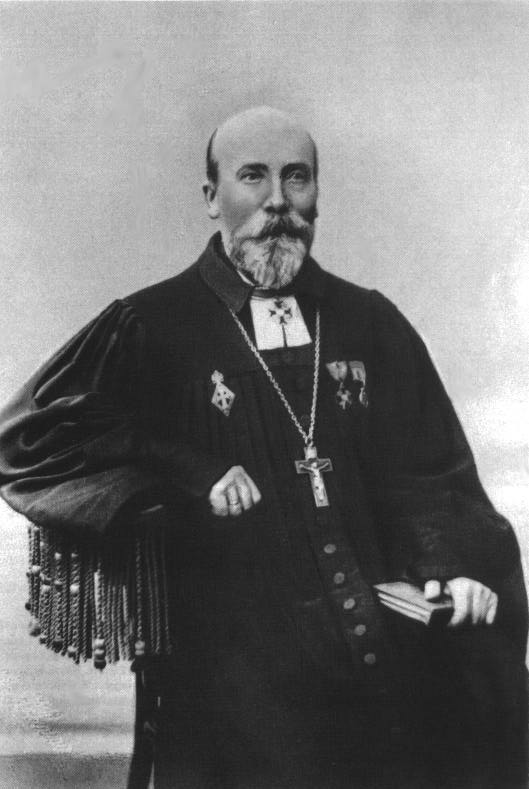|
Runic Songs
Runic song, Finnish and krl, Runolaulut , also referred to as Rune song, ''Runo'' song, or ''Kalevala'' song, is a form of oral poetry and national epic historically practiced among the Baltic Finnic peoples. It includes the Finnish epic poems ''Kalevala'' and '' Kanteletar'', as well as the Estonian '' Kalevipoeg''. Description Runic song is typically monophonic among most Baltic Finnic groups, though it is generally polyphonic when practiced among the Seto. Runic song usually does not contain rhyming couplets, but is frequently heard in alliterative trochaic tetrameter, or Kalevala meter. Runic song is usually sung in , though quadruple metre and sextuple metre singing also exists. In addition to their musical character, runic singers also are required to follow certain practices as they sang, such as Karelian runic singers holding hands while singing in a call and response fashion. Ingrian runic singing includes additional choralists. Vocal ranges usually correspond ... [...More Info...] [...Related Items...] OR: [Wikipedia] [Google] [Baidu] |
Kantele
A kantele () or kannel () is a traditional Finnish and Karelian plucked string instrument (chordophone) belonging to the south east Baltic box zither family known as the Baltic psaltery along with Estonian kannel, Latvian kokles, Lithuanian kanklės and Russian gusli. Construction Small kantele Modern instruments with 15 or fewer strings are generally more closely modeled on traditional shapes, and form a category of instrument known as small kantele, in contrast to the modern concert kantele. The oldest forms of kantele have five or six horsehair strings and a wooden body carved from one piece; more modern instruments have metal strings and often a body made from several pieces. The traditional kantele has neither bridge nor nut, the strings run directly from the tuning pegs to a metal bar (''varras'') set into wooden brackets (''ponsi''). Though not acoustically efficient, this construction is part of the distinctive sound of the instrument. The most typical and tradi ... [...More Info...] [...Related Items...] OR: [Wikipedia] [Google] [Baidu] |
Epic Poems
An epic poem, or simply an epic, is a lengthy narrative poem typically about the extraordinary deeds of extraordinary characters who, in dealings with gods or other superhuman forces, gave shape to the mortal universe for their descendants. Etymology The English word ''epic'' comes from Latin ''epicus'', which itself comes from the Ancient Greek adjective (''epikos''), from (''epos''), "word, story, poem." In ancient Greek, 'epic' could refer to all poetry in dactylic hexameter (''epea''), which included not only Homer but also the wisdom poetry of Hesiod, the utterances of the Delphic oracle, and the strange theological verses attributed to Orpheus. Later tradition, however, has restricted the term 'epic' to ''heroic epic'', as described in this article. Overview Originating before the invention of writing, primary epics, such as those of Homer, were composed by bards who used complex rhetorical and metrical schemes by which they could memorize the epic as received in ... [...More Info...] [...Related Items...] OR: [Wikipedia] [Google] [Baidu] |
Arhippa Perttunen
Arhippa Perttunen (russian: Архип Иванович Перттунен; Ladvozero village, now a part of the Republic of Karelia 1769 – c. 1841) was a Karelian folk singer. Around 1834, Elias Lönnrot met Perttunen for three days, while on his fifth field trip collecting poems for his Kalevala. Perttunen would have sung in the Karelian dialect, so it was necessary for Lönnrot to make some modifications to make the poems more understandable to Finnish readers. Later, two other collectors, Johan Fredrik Cajan (in 1836) and Matthias Alexander Castrén (in 1839), visited Perttunen, and in total 85 texts of Perttunen's poetry wercollected Perttunen would have performed the poems orally. Stylistically, his text contains widespread use of alliteration and parallelism, similarly to other singers featured in the Kalevala. His tradition was also carried on by his son Miihkali, who collected 81 of his poems. The State Prize of the Karelian ASSR The Karelian Autonomous Soviet Soci ... [...More Info...] [...Related Items...] OR: [Wikipedia] [Google] [Baidu] |
Larin Paraske
Larin Paraske (December 27, 1833 – January 3, 1904) was an Izhorian oral poet. She is considered a key figure in Finnish folk poetry and has been called the "Finnish Mnemosyne". Her frequent listeners included several romantic nationalist artists, such as Jean Sibelius, seeking inspiration from her interpretations of ''Kalevala'', an epic poem compiled from Finnish folklore by Elias Lönnrot. Paraske could recite over 32,000 verses of poetry, which made her an important source for Karelian culture. Her poems were written down by Adolf Neovius in the 1880s, and after several years of work, approximately 1200 poems, 1750 proverbs and 336 riddles were documented, along with several Finnic lamentations known as ''itkuvirsi'', performed by crying and sobbing. Biography Paraske was born as Paraskeva Nikitina, her official Russian name, in Lempaala, Northern Ingria. Her father Mikitta Mikitanpoika (1802–1851) was a landless peasant, a ''lampuoti'', who rented a far ... [...More Info...] [...Related Items...] OR: [Wikipedia] [Google] [Baidu] |
Saint Petersburg Conservatory
The N. A. Rimsky-Korsakov Saint Petersburg State Conservatory (russian: Санкт-Петербургская государственная консерватория имени Н. А. Римского-Корсакова) (formerly known as the Petrograd Conservatory and Leningrad Conservatory) is a school of music in Saint Petersburg, Russia. In 2004, the conservatory had around 275 faculty members and 1,400 students. History The conservatory was founded in 1862 by the Russian Music Society and Anton Rubinstein, a Russian pianist and composer. On his resignation in 1867, he was succeeded by Nikolai Zaremba. Nikolai Rimsky-Korsakov was appointed as a professor in 1871, and the conservatory has borne his name since 1944. In 1887, Rubinstein returned to the conservatory with the goal of improving overall standards. He revised the curriculum, expelled inferior students, fired and demoted many professors, and made entrance and examination requirements more stringent. In 1891, he r ... [...More Info...] [...Related Items...] OR: [Wikipedia] [Google] [Baidu] |
University Of Tartu
The University of Tartu (UT; et, Tartu Ülikool; la, Universitas Tartuensis) is a university in the city of Tartu in Estonia. It is the national university of Estonia. It is the only classical university in the country, and also its biggest and most prestigious university. It was founded under the name of ''Academia Gustaviana'' in 1632 by Baron Johan Skytte, the Swedish Governors-General, Governor-General (1629–1634) of Swedish Livonia, Swedish Ingria, Ingria, and Karelia (historical province of Finland), Karelia, with the required ratification provided by his long-time friend and former student – from age 7 –, King Gustavus Adolphus of Sweden, Gustavus Adolphus, shortly before the king's death on 6 November in the Battle of Lützen (1632), during the Thirty Years' War (1618–1648). Nearly 14,000 students are at the university, of whom over 1,300 are foreign students. The language of instruction in most curricula is Estonian, some more notable exceptions are taught in ... [...More Info...] [...Related Items...] OR: [Wikipedia] [Google] [Baidu] |
Oskar Kallas
Oskar Kallas (also Oskar Philipp Kallas; in Kirikuküla, Saaremaa – 26 January 1946 in Stockholm) was an Estonian diplomat, linguist and folklorist.Toivo Miljan, ''Historical Dictionary of Estonia'', Scarecrow Press 2004 He was the husband of the Finnish writer Aino Kallas. Education Oskar Kallas was the youngest son of the Vicar of Kaarma on the island of Saaremaa. He developed an interest in Estonian folklore and Finnic languages at an early age. Kallas assisted the folklorist Jakob Hurt in his epic collection of Estonian folk poetry. In 1889, he undertook his first trip to Finland, which proved influential. Kallas studied classical philology at the University of Tartu between 1887 and 1892, then studied Finnish folklore and Finno-Ugric languages at the University of Helsinki from 1892 to 1893. Estonian national awakening Kallas was politically active as a student at the University of Tartu. Together with his friend Jaan Tõnisson, who later became a politician and Eston ... [...More Info...] [...Related Items...] OR: [Wikipedia] [Google] [Baidu] |
Karl August Hermann
Karl August Hermann (23 September 1851 – 11 January 1909) was an Estonian writer, publicist, linguist and composer. Biography Hermann was born in Võhmanõmme, Põltsamaa Parish, Kreis Fellin in 1851. He studied at the Faculty of Theology of the University of Tartu from 1875. He studied linguistics at Leipzig University from 1878, graduating in 1880 and defending his PhD thesis, "Der einfache Wortstamm und die drei Lautstufen in der estnischen Sprache". From 1882 to 1885 he was an editor for '' Eesti Postimees''. In 1886 he acquired the newspaper ''Perno Postimees'', renaming it ''Postimees'', which began publication in Tartu. In 1906, he acquired the newspaper '' Valgus''. He belonged to the Society of Estonian Literati and was an honorary alumnus of the Estonian Students' Society. eys.ee He died in 1909 in |
Jakob Hurt
Jakob Hurt ( in Himmaste – in St Petersburg) was a notable Estonian folklorist, theologian, and linguist. With respect to the last, he is perhaps best known for his dissertation on "pure" -ne stem nouns ("Die estnischen Nomina auf -ne purum", 1886). Also known as the "king of Estonian folklore", Hurt planned the publication in the 1870s of a six volume series called '' Monumenta Estoniae Antiquae''. Hurt organised around 1400 volunteer collectors via a press campaign, who visited almost every house in Livonia collecting around 124,000 pages of folklore. Due to financial difficulties, however, only two volumes of folk songs were published in 1875–76, entitled ''Vana kannel'' (Old Zither). Two more volumes were published in 1938 and 1941. Hurt also published a three volume collection called ''Setukeste laulud'' (The Setos' Songs) between 1894 and 1907. There are monuments to him at Tartu and in Põlva. Tartu, Põlva, Otepää and Himmaste also have a street named after him. ... [...More Info...] [...Related Items...] OR: [Wikipedia] [Google] [Baidu] |
Johann Gottfried Herder
Johann Gottfried von Herder ( , ; 25 August 174418 December 1803) was a German philosopher, theologian, poet, and literary critic. He is associated with the Enlightenment, ''Sturm und Drang'', and Weimar Classicism. Biography Born in Mohrungen (now Morąg, Poland) in the Kingdom of Prussia, Herder grew up in a poor household, educating himself from his father's Bible and songbook. In 1762, as a youth of 17, he enrolled at the University of Königsberg, about 60 miles (100 km) north of Mohrungen, where he became a student of Immanuel Kant. At the same time, Herder became an intellectual protégé of Johann Georg Hamann, a Königsberg philosopher who disputed the claims of pure secular reason. Hamann's influence led Herder to confess to his wife later in life that "I have too little reason and too much idiosyncrasy", yet Herder can justly claim to have founded a new school of German political thought. Although himself an unsociable person, Herder influenced his contempor ... [...More Info...] [...Related Items...] OR: [Wikipedia] [Google] [Baidu] |
Elias Lönnrot
Elias Lönnrot (; 9 April 1802 – 19 March 1884) was a Finnish physician, philologist and collector of traditional Finnish oral poetry. He is best known for creating the Finnish national epic, ''Kalevala'', (1835, enlarged 1849), from short ballads and lyric poems gathered from the Finnish oral tradition during several expeditions in Finland, Russian Karelia, the Kola Peninsula and Baltic countries. Education and early life Lönnrot was born in Sammatti, in the province of Uusimaa, Finland, which was then part of Sweden. He studied medicine at the Academy of Turku. The Great Fire of Turku coincided with his first academic year. As the university was destroyed in the fire, it was moved to Helsinki, the newly established administrative center of the Grand Duchy and the present capital city of Finland. Lönnrot followed and graduated in 1832. Early medical career Lönnrot lived in the village of Paltaniemi, when he got a job as district doctor of Kajaani in Eastern Finland d ... [...More Info...] [...Related Items...] OR: [Wikipedia] [Google] [Baidu] |








